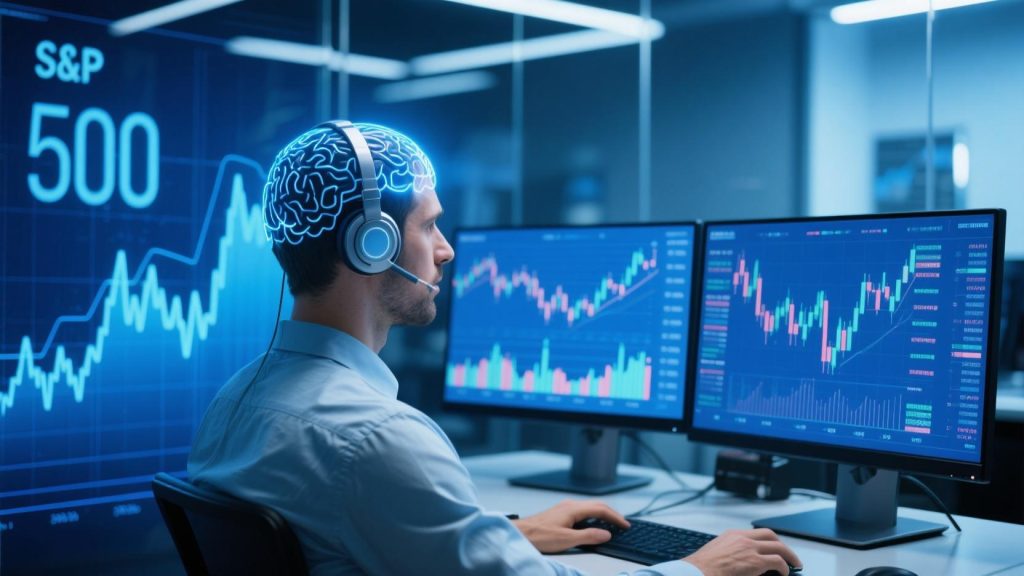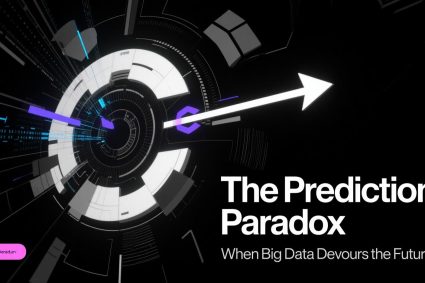
Suggested Image: A trader wearing an EEG headset; on the left, live brainwave data; on the right, mirrored S&P 500 fluctuations.
In 2025, finance crossed a cognitive threshold. At Morgan Stanley’s Neuro-Trading Lab, traders aren’t just monitored by software—they’re wired into it. Using EEG headsets, researchers track beta wave fluctuations in the amygdala, the brain’s fear-processing hub. The result? Algorithms can now predict a trader’s decision to sell stocks up to 11 seconds in advance.
One study revealed a striking pattern: when the β-wave amplitude crosses a set threshold, the probability of an S&P 500 downturn jumps to 87% within minutes. This neuroforecasting tool doesn’t just react to markets—it pre-empts human psychology.

Fear, Contagion, and Arbitrage
Even more surprising is how these signals ripple across assets. During high-stress trading windows, fear-induced brainwave signals in gold futures traders were shown to trigger flash crashes in crypto markets, due to cross-asset arbitrage bots exploiting a 0.3-second lag between sentiment formation and price execution.
This new breed of algorithm doesn’t analyze charts or earnings. It reads emotion—real-time, biological, involuntary signals. Traders, unwittingly, become part of the machine. Their nervous systems are data inputs.
The Collapse of Fundamentals
What happens when neural indicators outperform fundamental analysis? In one 2025 hedge fund study, trades driven by EEG-based emotion prediction outperformed traditional valuation models by 38% over six months. Earnings reports and macro data now lag behind limbic volatility as a price mover.
This has profound consequences. If markets are shaped more by collective cortisol spikes than by discounted cash flows, then the efficient market hypothesis starts to fray. Volatility becomes not just a function of external shocks, but of biological thresholds.
Regulation in the Mind Age
The SEC, in response, issued emergency guidelines: all AI-driven trading systems must disclose whether they use neural data inputs. The fear? “Brainwave sniping”—where large firms harvest micro-emotion data from unwitting traders to front-run market moves.
The line between private cognition and public market signal is blurring. Is a trader’s emotional response proprietary data? Or is it just another signal in the capital stream?
In parallel, startups are offering EEG firewalls—devices that introduce randomized noise into brainwave signals, shielding traders from biometric arbitrage. The ethics of neuroprivacy are now center stage.





